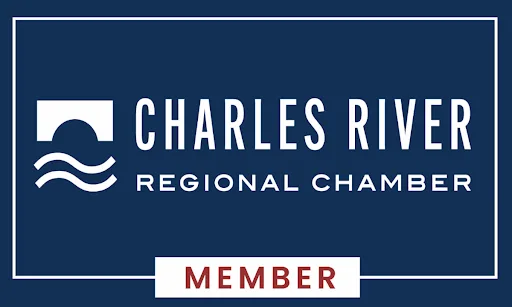The Most Dangerous Drug: What Does Fentanyl Look Like?
Clinically Reviewed by Dr. Kate Smith

Addiction is more dangerous now than ever. Potent drugs like illicit fentanyl are showing up in other drugs and causing record levels of overdose. This article will help you:
- Understand the Dangers of Fentanyl: Learn more about the drug that is a serious issue for casual and chronic drug users.
- Recognize Fentanyl: Read about what fentanyl looks like so you can stay safer.
- Realize the Need for Treatment: Get help from an opioid addiction treatment program so you can start recovering.
The Danger Unveiled: Why Is Fentanyl So Dangerous?
Fentanyl, a synthetic opioid, is up to 100 times more potent than morphine and 50 times more potent than heroin. Its high potency makes it extremely easy to overdose, especially when it’s mixed with other drugs unknowingly. Here are the primary dangers associated with fentanyl use:
- Overdose Risk: A tiny amount of fentanyl can cause a fatal overdose. Synthetic opioids like fentanyl are among the leading causes of fatal overdose.
- Unknown Content: Illicitly manufactured fentanyl often contains unknown substances, increasing the risk.
- Dependence and Addiction: Fentanyl use can quickly lead to physical dependence and addiction.
Illicit fentanyl is popping up among other drugs like cocaine, methamphetamine, and heroin. Since it’s so potent, even a small amount of fentanyl mixed with other drugs can have deadly consequences.
The Appearance: What Does Fentanyl Look Like?
Fentanyl can take several forms, making it difficult to identify. It may appear as a white powder, similar to cocaine or heroin, or as pills that mimic other prescription opioids. Prescribed fentanyl is available in different forms, including:
- Fentanyl Patches: These are transdermal patches placed on the skin to provide slow release of the medication for pain management.
- Fentanyl Lozenges: Also known as “fentanyl lollipops,” these are used for breakthrough pain in cancer patients.
- Injectable Fentanyl: This is mostly used in clinical settings for severe pain management, anesthesia, and sedation.
Misusing prescription fentanyl or encountering illicit fentanyl can be deadly. It’s crucial to know what fentanyl looks like and avoid any suspicious-looking substances that may contain illicitly manufactured fentanyl.
Fentanyl Overdose Symptoms
An opioid overdose can happen quickly, and fentanyl overdoses can be especially dangerous. The symptoms of a fentanyl overdose may include:
- Difficulty breathing or shallow breathing
- Extreme drowsiness or unresponsiveness
- Blue skin or nails due to lack of oxygen
- Slow heart rate or low blood pressure
If you suspect someone has overdosed on fentanyl, call 911 immediately. Administer Narcan (naloxone) if available and try to keep the person awake until emergency medical services arrive. Every second counts in an overdose situation, and prompt medical attention can be life-saving.
Start Opioid Treatment at Greater Boston Addiction Centers
Opioid addiction is a complex and challenging condition to overcome, but it is possible with the right treatment. At Greater Boston Addiction Centers, we provide individualized treatment plans that address the physical, emotional, and psychological aspects of opioid addiction. Our experienced medical team specializes in opioid treatment and can help you or your loved one find a better way forward.
Don’t wait until it’s too late; contact us now to get started.
- Tagged addiction therapy, holisitic therapy
Live Sober
Live Connected
Greater Boston Addiction Centers
Rehab Blog
